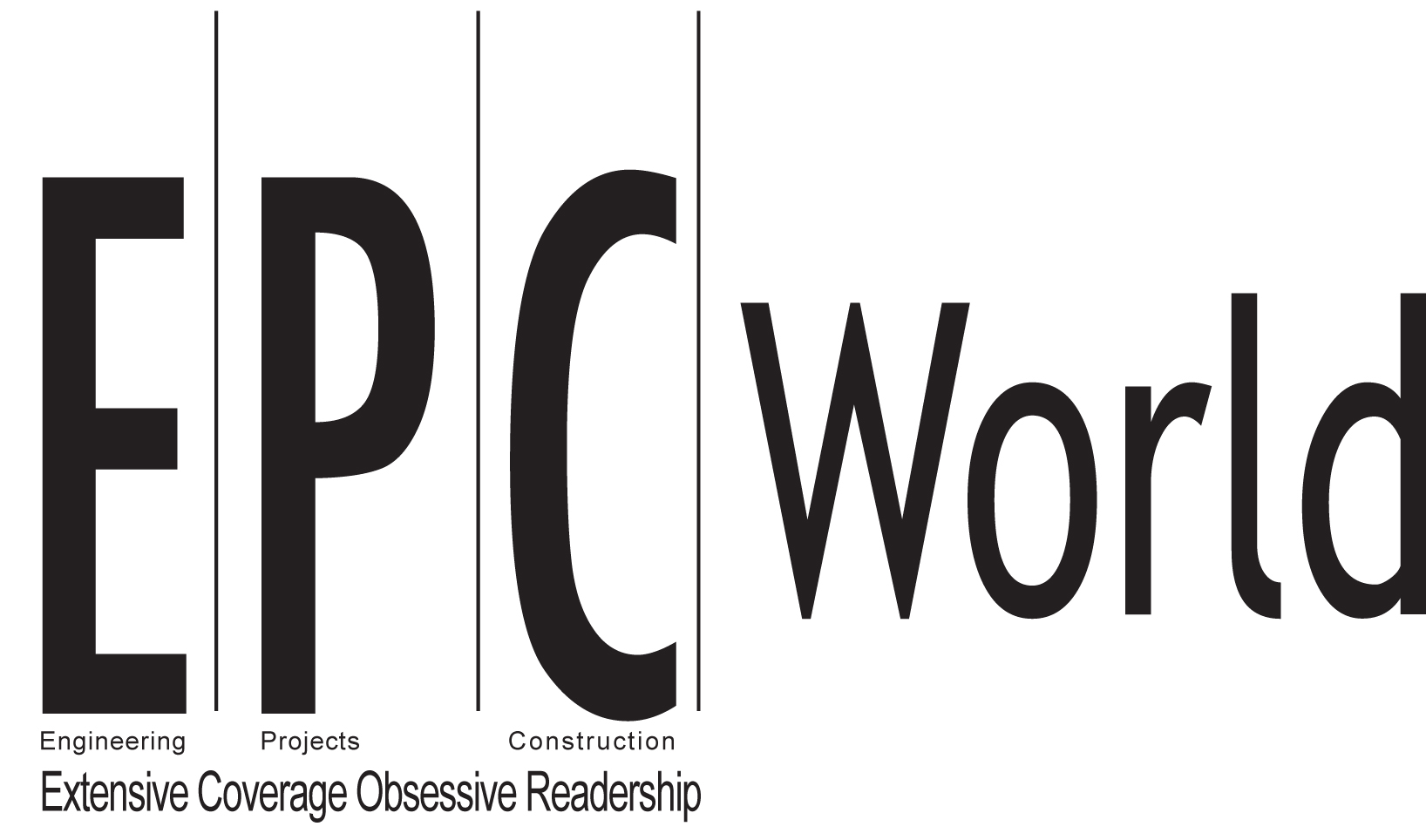This article, published in EPC World in July 2021, is made available by PFX for those who do not subscribe to EPC World.
The banner below will download a .pdf copy of this article.

HOW TO FINANCE RENEWABLE ENERGY PROJECTS
By David G Rose
Over the past twenty years the advance of renewable energy technology has been nothing short of spectacular. From wind, to solar, to waste-to-energy, to bio-fuels and beyond the advance has been unstoppable. But experience shows that there is one inhibitor still standing in the way of unleashing the full potential of renewables. Finance.
Shadow Banking
There are a lot of misunderstandings and unknowns about how to finance renewables or any other project. Does the lender want personal or corporate assets as collateral? Should it be debt or equity? What if the deal value is only $10m when funders are looking for $100m or more? How do we actually find a funder? What costs are involved? And so the questions go on and answers are sought in an environment of misinformation and, sometimes, downright fraud. But the primary structure for financing projects of any sort is, naturally enough, project finance.
Wikipedia defines project finance as ‘…the long-term financing of infrastructure and industrial projects based upon the projected cash flows of the project rather than the balance sheets of its sponsors. Usually, a project financing structure involves a number of equity investors, known as 'sponsors', and a 'syndicate' of banks or other lending institutions that provide loans to the operation.’
Up until twenty years ago this definition would have been correct in every sense. Not anymore.
Since the tectonic events of 2008 there has been a wholesale migration of capital out of mainstream banks and into entities that the global financial establishment once branded ‘shadow banking’. Even before 2008, the OECD commented on the movement of capital out of the mainstream banks and the forthcoming ‘banking crisis’ in their 2006 Pensions Review. The so-called shadow banking sector is made up of hedge funds, private equity and debt funds, alternative investment funds, family offices and the whole lexicon of private capital entities that now dominate project financing, to the almost total exclusion of the mainstream banks. Indeed, from the project financing standpoint, shadow banking now clearly overshadows traditional banking. Irony lives.
Up until two decades ago, project finance was indeed the sole domain of mega-dollar infrastructure and other major construction deals. But with the arrival of thousands of private capital funds, resourced with all those funds that migrated out of the banks (Eurekahedge has almost 27,000 on its database) the search for investment opportunities became ever more competitive. These lenders will now look at deals as low as $5m, with no upper limit. Over more than two decades your author has been involved in transactions from $10m to $10bn+ across all market sectors, worldwide.
To get an understanding of how much capital is available from these lenders we look at the Asset Allocation chart from the Cap-Gemini World Wealth Report 2020, from which we can calculate $20.35tn of private capital ready to be invested in real estate and alternative investments (which includes project finance). Not bad for what has become a genuine global capital market once derided as ‘shadow banking’ by the global financial establishment.
Project Finance Definition
So, in today’s market this is how we can define project finance. The key element that has been carried over from all those mega-dollar deals that ran from the 1950’s to the early 2000’s is that lending is predicated not on forecasts in a business plan, or investment prospectus, but on the track record and financial stability of whoever is contracted to buy the output from the built project, the ‘off-taker’. For energy deals this is very straightforward for lenders. They will look at the track record and financial stability of the grid or other entity with which the project has its Power Purchase Agreement (PPA). Also, the Engineering, Procurement and Construction (EPC) contractor needs to meet the same track record and financial stability criteria as the ‘off-taker’.
Even in developing countries it would be hard to find a grid that did not pay its bills, but even this is now enhanced with the growing involvement of insurance underwriting, providing additional comfort to the lender.
Consequently, the project finance structure takes no account of the borrowers’ balance sheet, assets or other traditional considerations, although they will need to show track record and experience relevant to the project. The lending is dependent on the track record and financial stability of the PPA counterparty with the same criteria applying to the EPC contractor who is going to build the plant, a criterion with which EPC World readers will be familiar. Added to this is the insurance ‘wrap’ which underwrites the lender’s own due diligence. When all these considerations are taken into account the transaction delivers the long-term risk-mitigated returns that private investors seek. Which is why most project financing transactions lean towards private debt.
As an added and significant advantage the ‘non-recourse’ project finance structure leaves the borrower be it a team, company or government, free and clear of any financial liability whatsoever.
All the private capital funds registered with the Project Finance Exchange (PFX) include renewable energy as one of their sector selections, with waste-to-energy being their clear favourite.
Applying for project finance
Project finance lenders have funds in abundance, but expect everything delivered to them on a plate with the application process being far different to the traditional business plan or investment prospectus. The process is explained in The Raising Project Finance Handbook but to summarise, there are key documents that need to be presented in the applicants ‘full deck’.
Naturally, they want to see signed or ready-to-sign contracts with EPC contractors and the PPA. They need to see what control the applicant has over the land (owned, leased, optioned etc) and that all construction and environmental permits in place. They need to see paperwork showing that connectivity is organised and confirmed and that no access issues will inhibit progress of the transaction.
For waste-to-energy is there a reliable feedstock contract in place? For solar are there going to be any ‘reflection’ issues? For wind, are there any environmental issues left outstanding? The list goes on and all these issues have to be addressed and settled before the application can move forward. There was once an application to build a utility-scale solar farm on a landfill that had been turfed over which, for obvious reasons, did not go anywhere but prompted some lenders to ask for geo-surveys on all projects.
To summarise, there is absolutely no reason why financing of any energy project should not simply be a matter of process. Provided it is using proven technology and has all the necessary supporting documentation making it submission-/shovel-ready.
The Author: David is the author of The Raising Project Finance Handbook and Chairman of the Project Finance Exchange (PFX). He has written for countless business media worldwide including the Indian Economic Times, FT and Australian Financial Review. He has been involved as a project finance intermediary and lender for more than 20 years.
+ENDS+


